Sponsored By
Latest News
thumbnail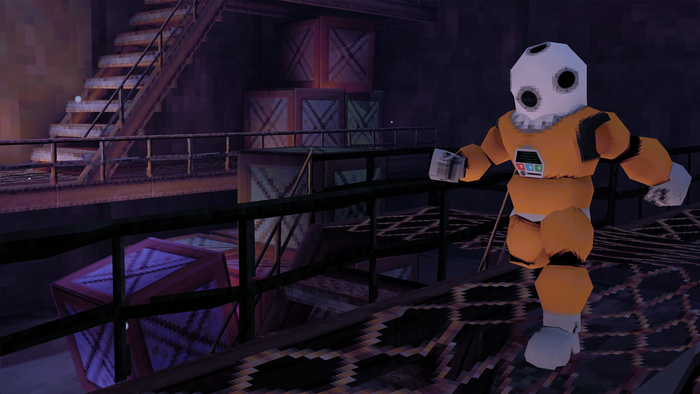
Design
Postmortem: The Sirena Expedition
Postmortem: The Sirena Expedition
'I’d like to talk a bit about the development of the game, and look at some of what I thought went well, along with what didn’t go quite so well.'
Tips, Talks, and Highlights from GDC 2024
More from GDCGet daily news, dev blogs, and stories from Game Developer straight to your inbox
Subscribe to Game Developer Newsletters to stay caught up with the latest news, design insights, marketing tips, and more
Game Developer Essentials
More resources for devsRead Dev Blogs on Game Developer
See allFrom Our Sponsors
LEARN MORESponsored Content
Mar 8, 2024
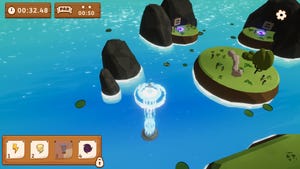

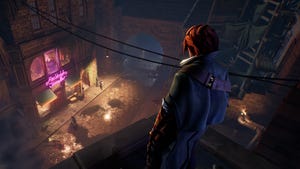




















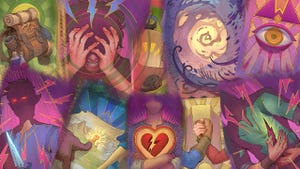







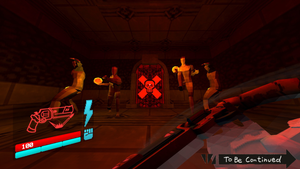



.png?width=300&auto=webp&quality=80&disable=upscale)

